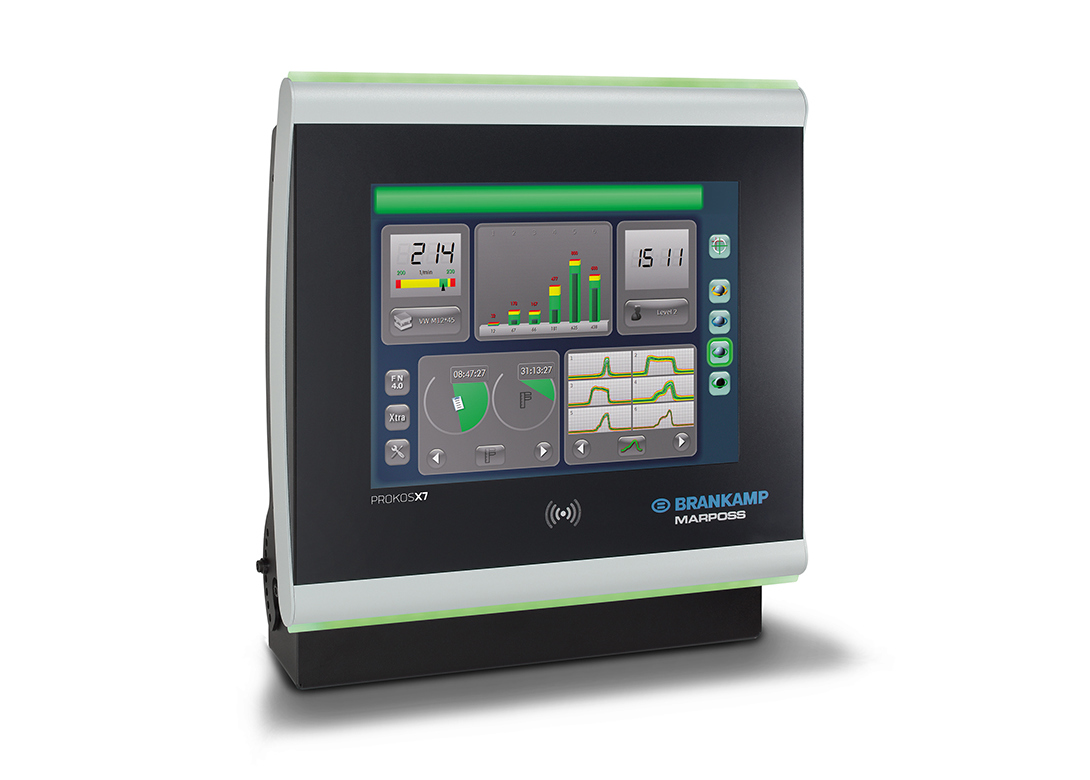
Traditionally failure messages displayed to a machine operator are limited to the indication of the monitoring method – such as maximum force, envelope or trend, etc. The Brankamp X7 monitoring system from Marposs goes a step further and detects a wide range of typical process faults caused by tools, material, lubrication or transfer.
Failure messages displayed to the machine operator by devices so far are usually limited to the limits that have been violated and the corresponding sensor number, which often corresponds to the affected stage of the machine. Determining cause and type of malfunction that occurred, the localisation of the fault, and the determination of the damaged tool parts, is then usually left to the machine operator. Depending on their level of training, the complexity of the tool, and the process fault that has occurred, the fault finding process can take considerable time.
The Brankamp X7 monitoring system provides a suitable method to assign a certain failure cause and description. When a process fault occurs for the first time, the operator determines the cause, the fault location and the affected tool parts. The operator enters the result into the on-screen keyboard of the unit (e.g punch chipping in station 4, change part number 1234567) and the pattern recognition system stores their fault description together with the descriptive signal characteristics in a user programmable database.
If the same or a similar process disturbance occurs again during subsequent production, the fault characteristics stored in the database are checked for similarity with the current fault case. If the characteristics match sufficiently, the corresponding fault diagnosis is displayed. If there is not a sufficient match to already stored fault cases, a new fault class must be created. If the operator confirms the reported failure cause, the previous error describing characteristics are updated.
This diagnostic method provides an effective tool for reducing downtime in case of increasingly complex tools – with many different causes of malfunctions. The more comprehensive and meaningful the failure description that is entered into the X7’s knowledge database by the operator, the more helpful the information becomes in correctly diagnosing the process fault. The expert knowledge collected in the database then provides even less qualified operators with well founded information for rapid troubleshooting. A reduction of repair and downtimes of the machine, as a tool for cost reduction, will be achieved.

Biog
Having spent a decade in the fastener industry experiencing every facet – from steel mills, fastener manufacturers, wholesalers, distributors, as well as machinery builders and plating + coating companies, Claire has developed an in-depth knowledge of all things fasteners.
Alongside visiting numerous companies, exhibitions and conferences around the world, Claire has also interviewed high profile figures – focusing on key topics impacting the sector and making sure readers stay up to date with the latest developments within the industry.








